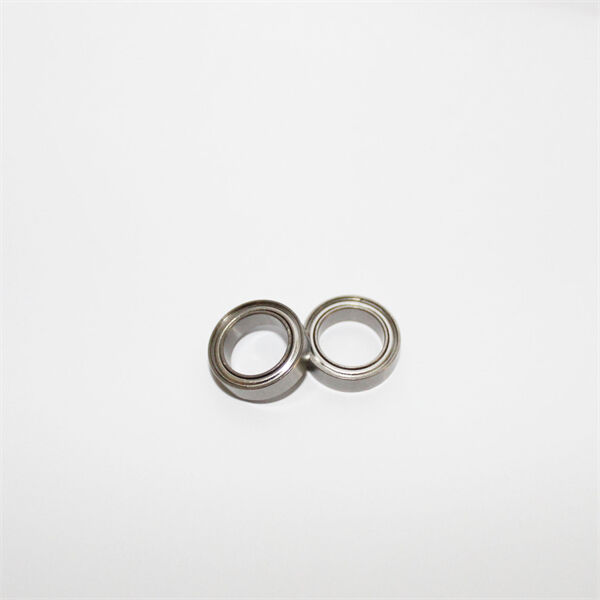That's what the little steel balls are for inside ball bearing sleeve. These are called bearings (the balls). Bearings typically consist of hard materials, such as: Steel or ceramic They fit inside of a metal ring or cage which is the element that keeps everything together. This design allows the wheels to turn very freely, meaning that objects can slide past each other easily instead of jamming or being forced.
Ball bearing wheels have been around since the 1600s, a very long time ago! This incredible invention was introduced to us by a well-known scientist named Galileo Galilei. Ball bearing wheels have come a long way since then and are found in all kinds of things from cars and airplanes to space-bound rockets!
Ball bearing wheels are specially designed to create the kind of force needed for this. These small balls, or bearings, are configured to roll freely around in the metal loop. This allows them to spin easily and smoothly without getting stuck, which makes it so much simpler for us to move things.
Without ball bearing wheels, there are numerous everyday products we rely on. They aid in smoothening the movement and increasing life. Due to low friction, they also wear out slower when compared with regular wheels as there will be less rubbing against surfaces. On the upside, this is awesome because they will not need to be replaced as often which can save you money in the long run.

Improved Weight Distribution: Ball bearing wheels allow the weight to be more evenly dispersed across all the wheels. This means that it carries the weight when you need to carry something heavy as well as balanced which makes it easier for your movement.

Another use case is ball bearing wheels that help the landing gears of planes in the airline industry. Which indicates that the wheels provide a safe and smooth landing and take-off of the planes when they land on the runways. This is crucial for the safety of passengers and crew.

Ball bearing wheels are critical even in space exploration. They are mostly employed in the making of space shuttles and satellites. In space, these complex machines rely heavily on the reduced friction that ball bearing wheels provide to ensure they work correctly over years of exposure to extreme temperatures and radiation.
CIXI HOTO offers thousands of bearing sleeves made of SS, ball bearing wheels, Carbon steel, and other bearing steel grades.
CIXI HOTO is ball bearing wheels strong quality control system. It is ISO9001: 2016 certified. ISO14001: 2016. OHSAS18001.
CIXI HOTO produces different types of ball bearings. The bearing component (cage, sleeves ball bearing wheels seal) as well as bearing steel tube and we provide all-in-one service for ball bearings.
CIXI HOTO completed 40 production ball bearing wheels, which allowed for the production of a rapid lead time.